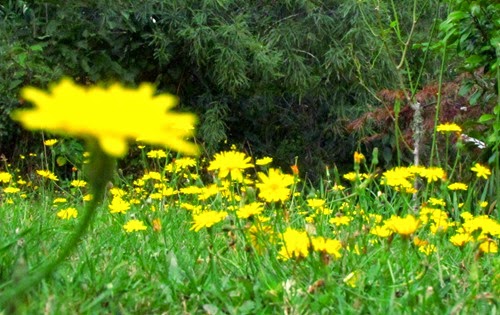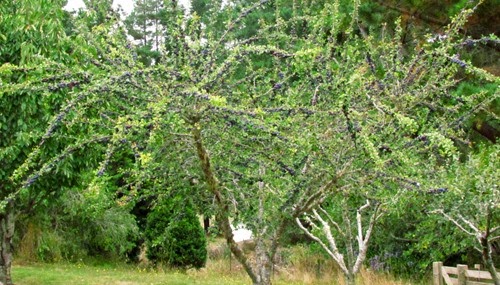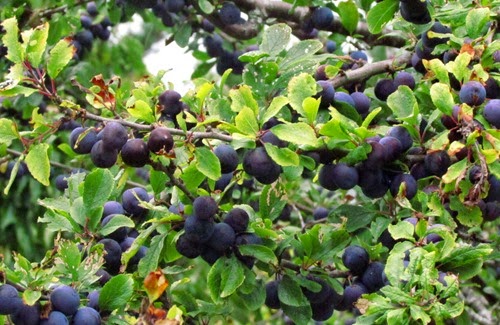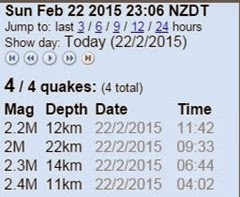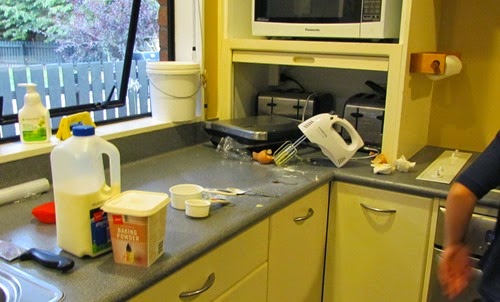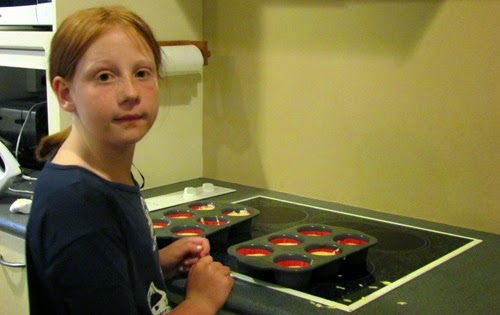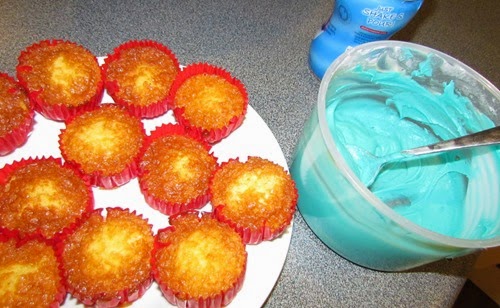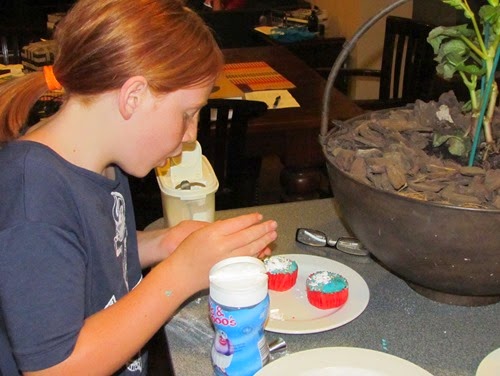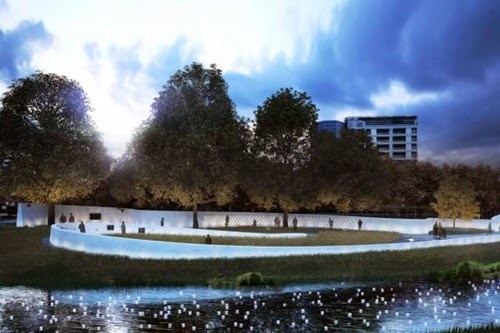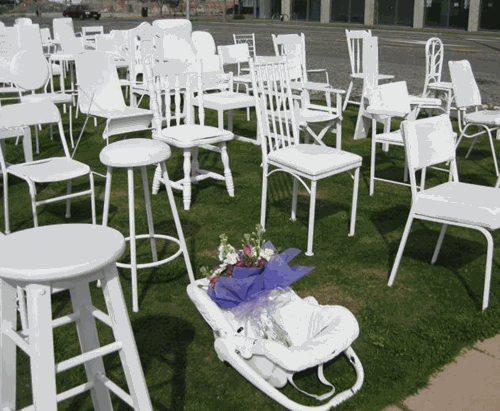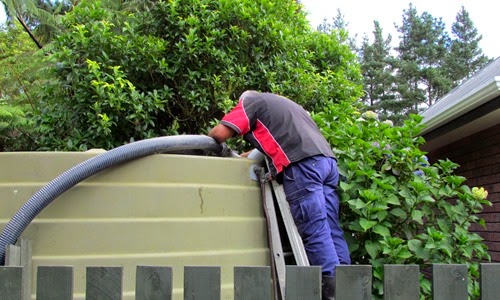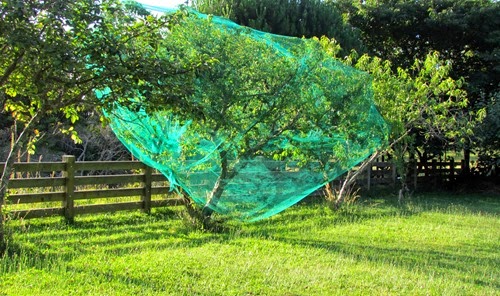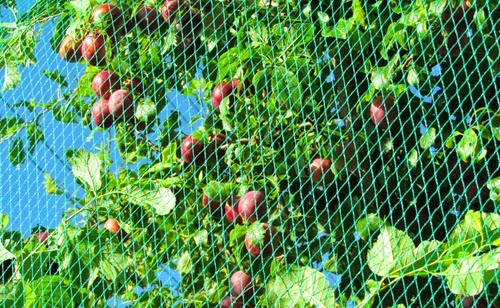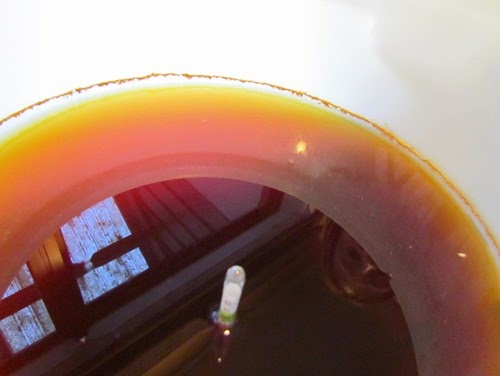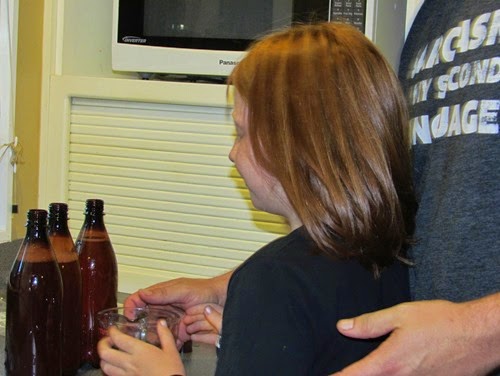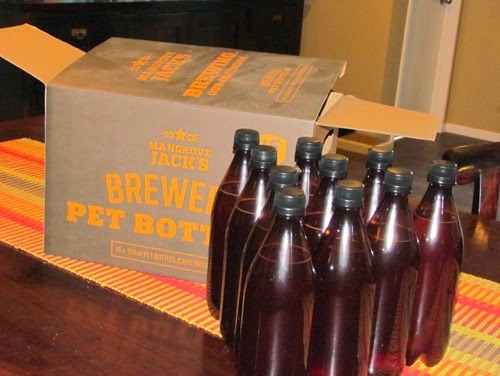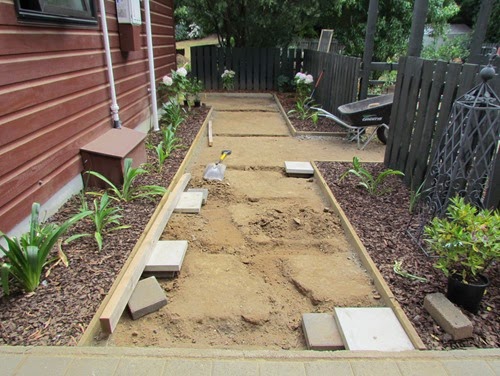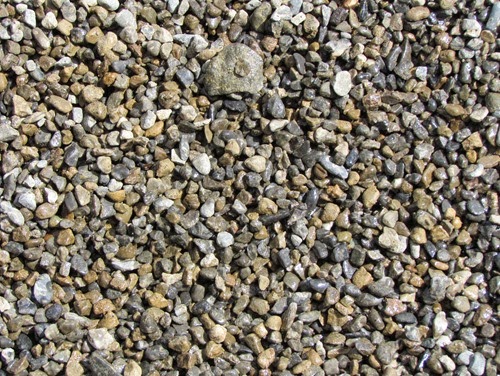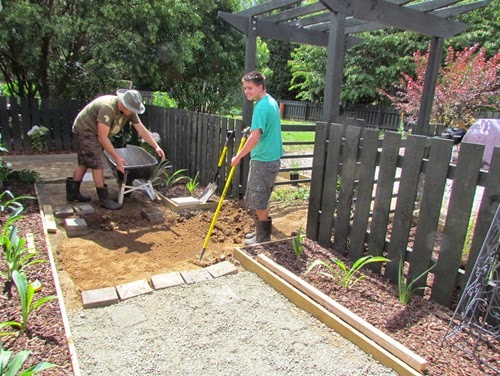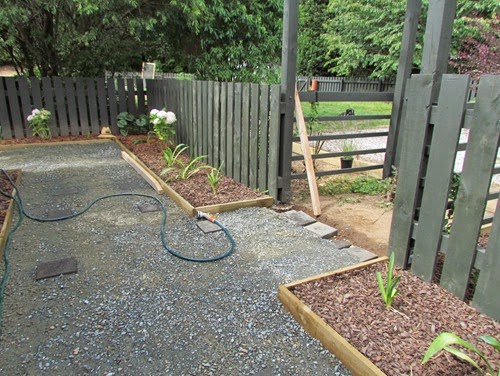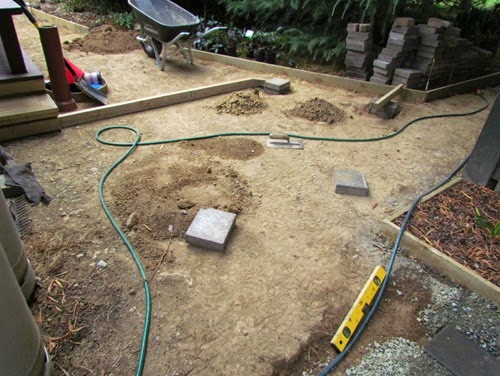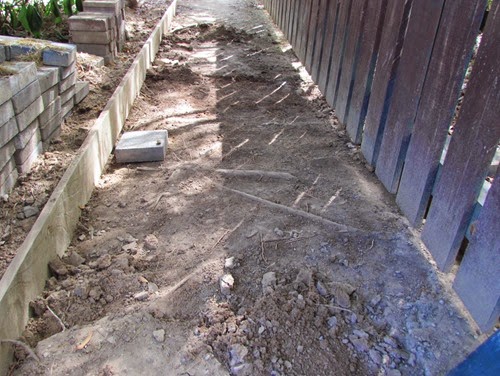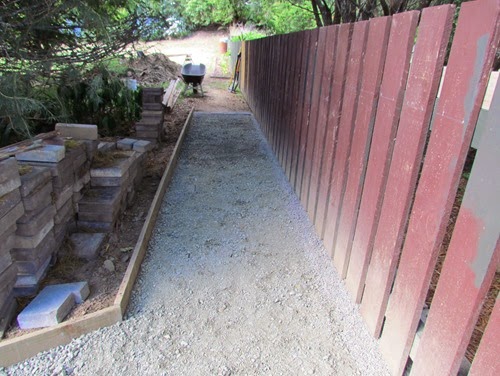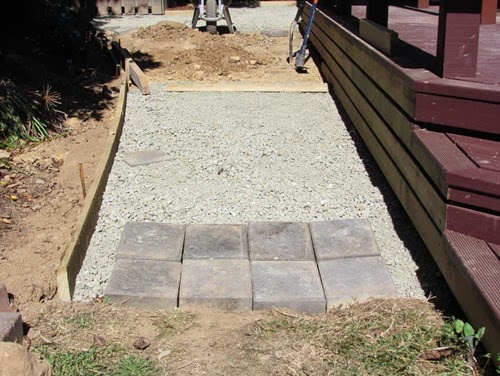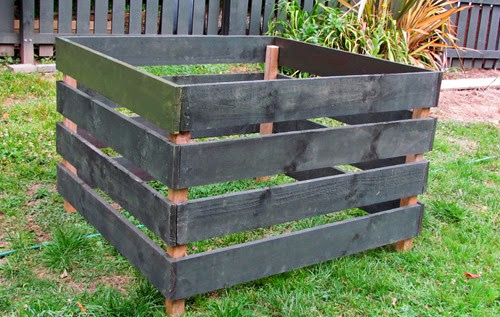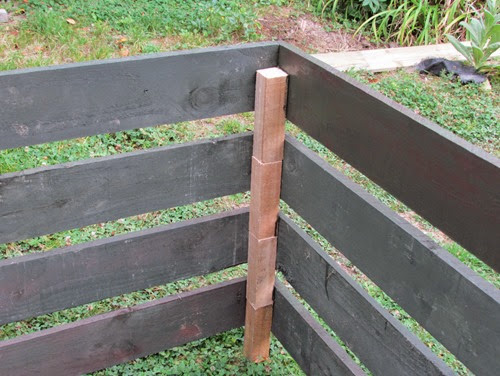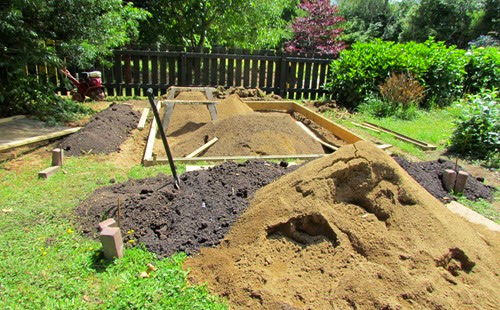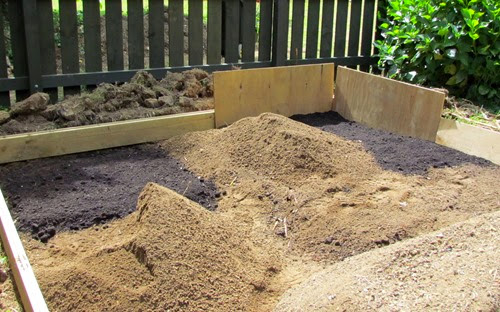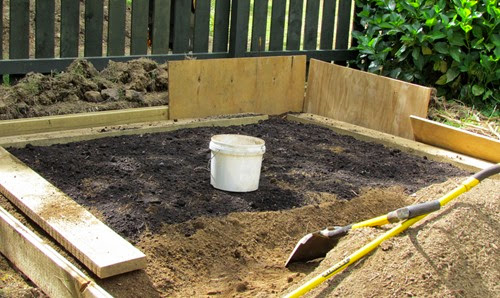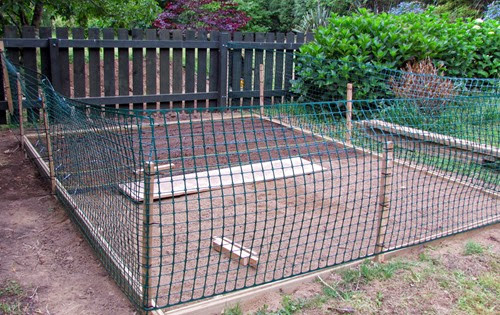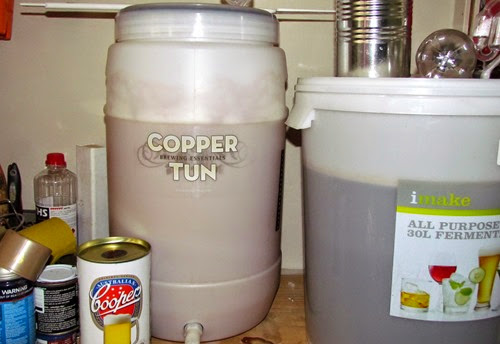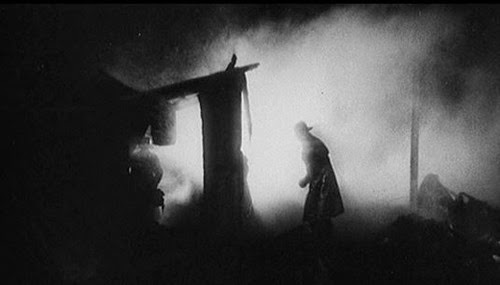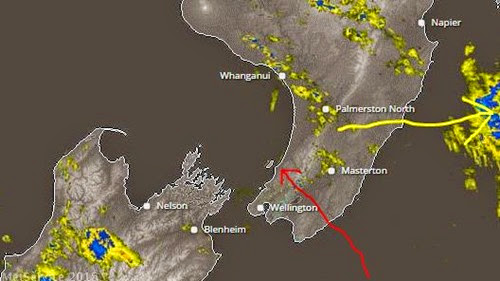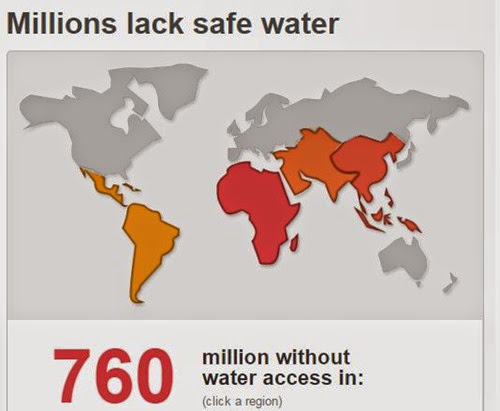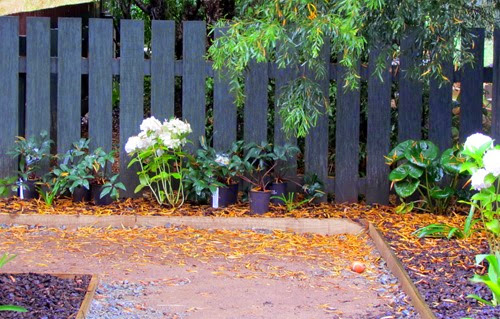I take stuff for granted. Most stuff. I guess that the vast majority of people do, too. I suppose that the very religious people among us give thanks for what they have and what they receive. And they do this on a very regular basis, maybe a few times each day, every day.
As for me - I’m much of a thankless individual.There have been at least two instances where I have had extreme difficulty in breathing – it’s not fun,not by any stretch of the imagination. Both were cases of medical problems – the one required mechanical ventilation, and was resolved after a few months. The other was “less” serious, and could be alleviated with inhaler therapy.
I have had issues involving the inability to use my legs. Surgical issues, which were remedied over time with physio.
Given these examples, I find myself constantly asking about being thankful.
Today I am especially thankful. You will be aware that our domestic water situation has been somewhat depleted,with reserve levels dipping to an all-time low last week. But, after the past couple of days, the skies clouded over and we were delivered a few drizzles.
Nothing to trumpet about – all-in-all, about 5mm. But, hey, water is water, even though it is scarcely enough the settle the dust of the baked clay soil. But, we are thankful. At least the evaporation will slow down and the parchedness will be reduced. (You didn’t know that “parchedness” is a proper English word, did you? Well, it is. ps: I didn’t really know, either…)
So. So, I can breathe, I can walk, and we’re almost out of the drought. And, I’m thankful today.
With this thankfulness, I grabbed the camera and walked outside to the front lawn. Sock-footed.
The sky is still over-cast,but the air is humid and warm. The grass feels warm through my woolly socks. Just look how the yellow daisies have suddenly sprouted all over the place. Time to lie on the lawn and take some close-ups of their faces.
Bzzz. Bzzz. Lying down is not a good idea. In fact, besides poking out my eyes with a steel rod, lying down on my belly on the grass is probably the crappest decision.
Bzzz. Bzzz. The place is teeming with bees. Honey bees, bumble bees,wasp bees, wax bees, to bees or not to bees. Every bee under the sun, bobbing up and down over each of the bright yellow daisies. In fact, I think some of them are arguing about who has the pollen-right over some of the daisies.
And Reikorangi bees have no qualms about stinging me. Mostly my soles and toes.
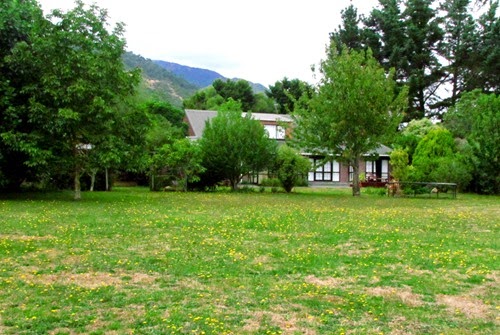
(Above): You can clearly see the parchedness between the daisy areas.
Dodging areas of daisiness where the Bzzz is especially loud, I tip-toe around to check on the progress of the fruit growth. I suspect that there will be a general stunting and a reduced 2015 crop because of the parchedness. Here are a few pictures.
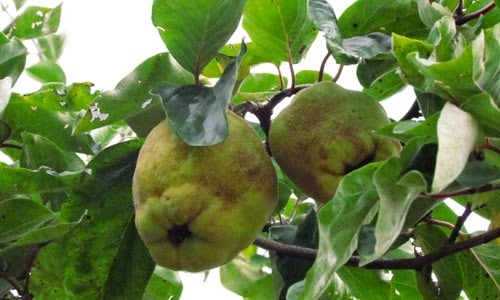
(Above): Last year, the quince crop was superb. However, the tree was cut back extensively during pruning,which had not been done properly for some years.We suspected that the fruit crop would be minimal this year, with a probable better showing in 2016. There are some quinces, which may be useful.
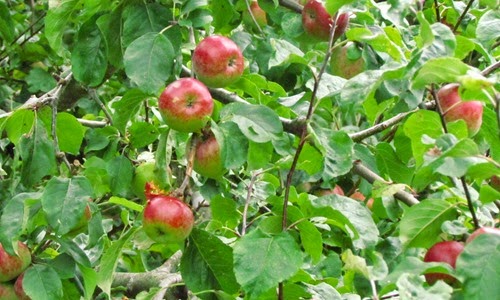
(Above): There are a few varieties of apples. Again, last year’s pruning may have affected this year’s crop. We will wait and see.
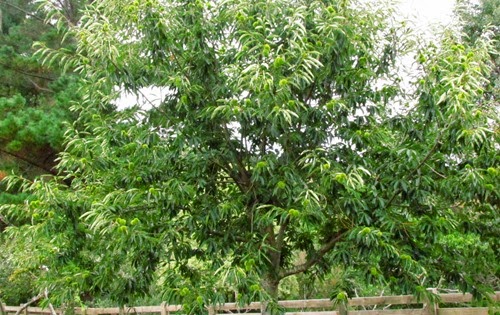
(Above):Just like last year, the chestnuts are going great guns. We are waiting with bated breath to see whether the nuts will mature properly.
Last year, we had a bunch of bitter green Damsons (see photos below). I have counted the mature purple fruit this morning and I can report that there are about one billion. Give or take a few, a billion is close enough.

